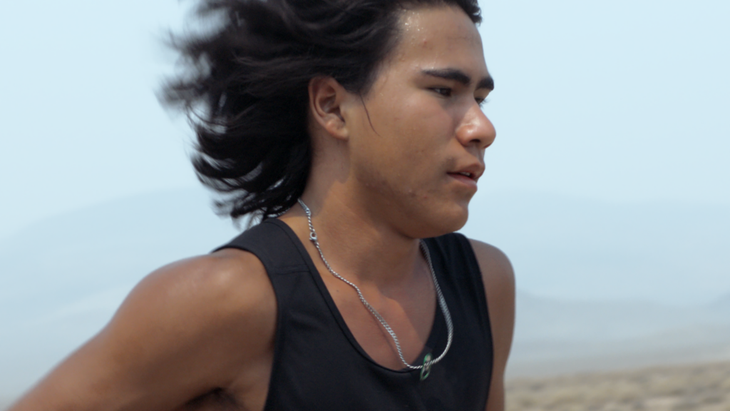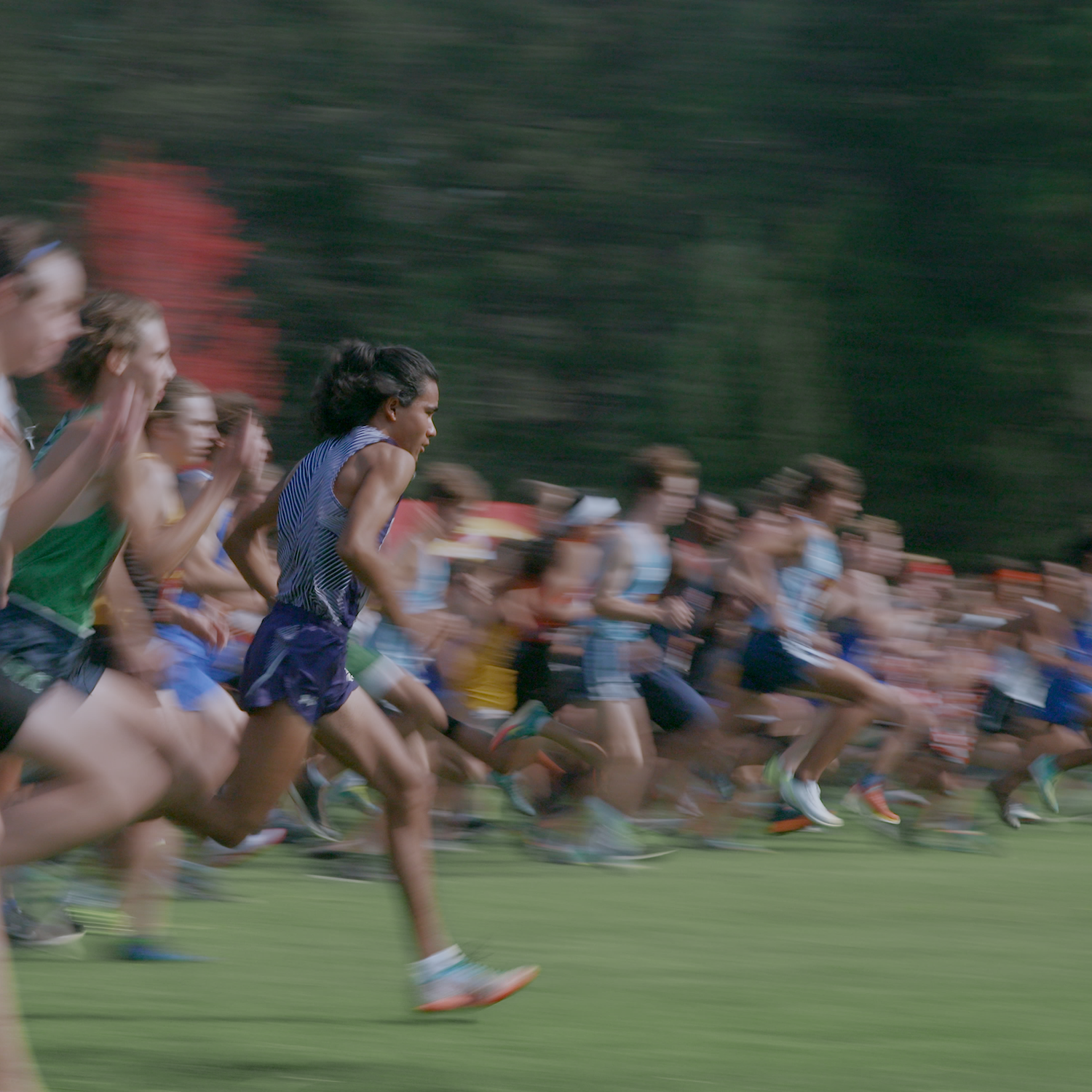Remaining Native begins with a warning: This is a film that doesn’t shy away from abuse, violence, or any of the other crimes that darken Native American history. But that’s also the film’s strength: The feature-length documentary captures what it means to be a , balancing joys and tragedies in a way that will resonate with any athlete—and any human being.
Remaining Native, which will be screening alongside a curated lineup of other top adventure films at this year’s �����ԹϺ��� Festival, is a beautiful, powerful, and important documentary by filmmaker Paige Bethmann, a Haudenosaunee (Mohawk/Oneida) woman. Bethmann’s great grandmother was stolen from her reservation as a girl and taken to an abusive Catholic boarding school. Tragically, Bethmann’s ancestral story is common to hundreds of thousands of Native Americans, including the subject of Remaining Native, Kutoven (“Ku”) Stevens.
The film’s opening lines explain:
For over 100 years, the United States made violent efforts to strip Native American children of their languages, spiritual beliefs, and culture through federal and church-run boarding schools.
Many children resisted this assault on their Native identity by running away.
From this prelude, the viewer knows to take a deep breath and buckle up. But then, beauty: scenic shots of the desert landscape. A hawk high in a tree. The rhythmic sound of a runner’s footfall on an open dirt road. And we’re introduced to the boyish face and voice of the film’s hero, Ku Stevens.
Ku is a runner—one of the best in the state of Nevada, having clocked the fastest time across all divisions in the high school state cross country championships. Through interviews, voiceovers, and scenes of Ku living with his parents on the Paiute Indian Reservation in the small town of Yerington, we get to know the teenager. We learn that he’s always wanted to run for the University of Oregon and pushes himself to be the best he can be.
Like most runners, he says that when he runs, he thinks about his breathing and his body. But, he adds, he also imagines running for his life.
Stevens’s great-grandfather ran away from the Stewart Indian Boarding School three times. His last attempt was a successful escape. That legacy is often on Stevens’s mind.
The film does a fantastic job of weaving together inspiring action scenes that any sports fan can appreciate with sepia-toned historical images set to haunting tribal music.
“This land I was raised on, it feels heavy,” says Stevens. Through shots of barren landscape and close-up faces of those who live here, we feel it.
Parents of teens will appreciate the internal struggle of Stevens’s father, who loves and supports his son, but fears he’ll lose his ancestral heritage by moving off the reservation. Still, he and his wife do everything they can to help the young runner reach his goals.

One of the most exhilarating scenes of Remaining Native takes place at a high school track meet, where Stevens attempts to run the 3200-meter under nine minutes—a benchmark that’s become the recruiting standard for distance athletes hoping to run for the University of Oregon. The racing drama is on-par with any Olympic final or Disney sports movie.
Among the most poignant moments of Remaining Native—and there are many—comes with a slow pan of a black-and-white image from the Stewart Indian School. Native American children sit with pained faces, hair cut short, sadness in their eyes. A drumbeat plays, as if to hammer into our awareness that this bit of American history, when thousands of Native American children were stolen from their families and died or survived abuse, happened. It actually happened. And yet, people like Ku and his family keep fighting for their culture while trying to heal from their past.
At one point in the film, Stevens says, “I really just want people to understand—not just to know what happened, not just to learn from our history—but to fully understand why we feel the way that we do.”
At one point in the film, the teen explains that his name, “Kutoven,” refers to “the eagle bringing the light from the darkness” and that he doesn’t yet feel he lives up to its meaning. Viewers of Remaining Native will beg to differ.
See Remaining Native—and other captivating documentaries from top adventure filmmakers—at the �����ԹϺ��� Festival, May 31-June 1 in Denver. This year’s festival will also host a group run and talks from top endurance athletes from across the country. .


